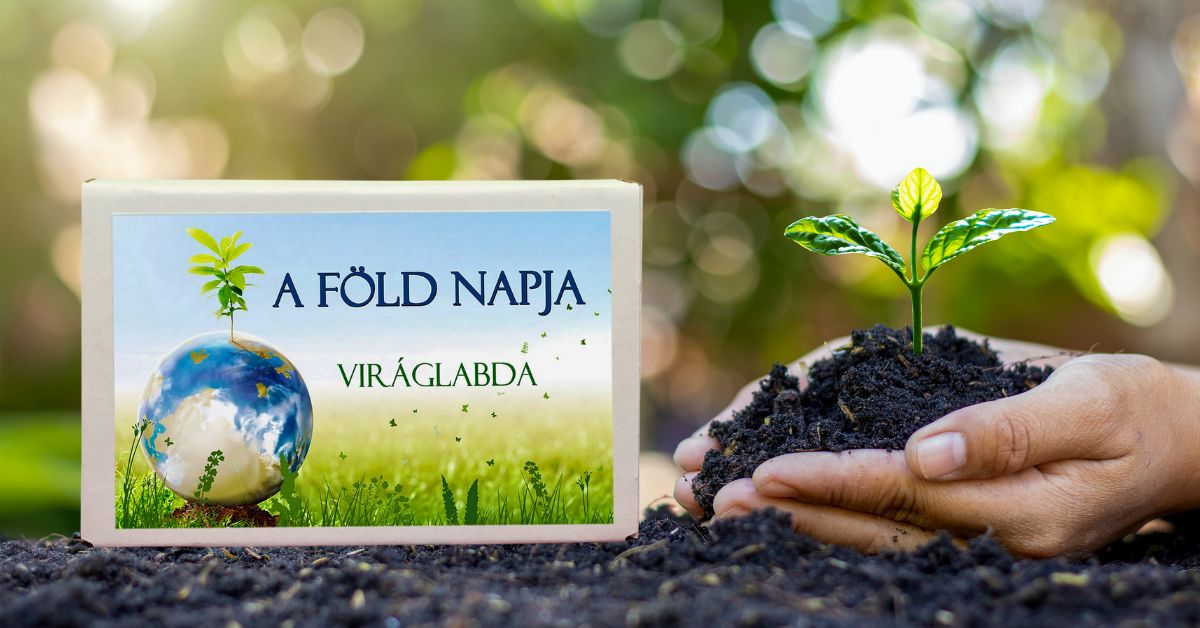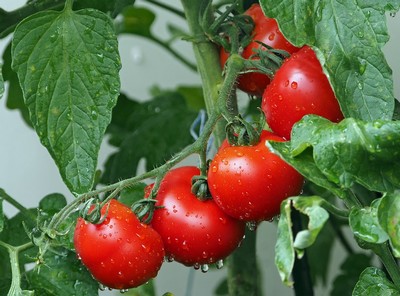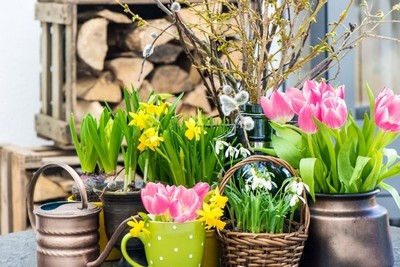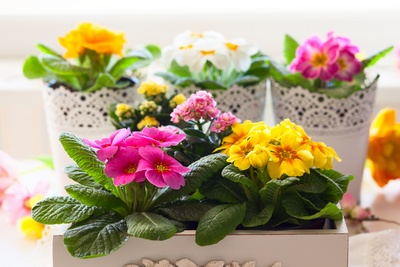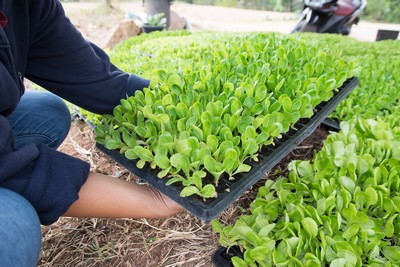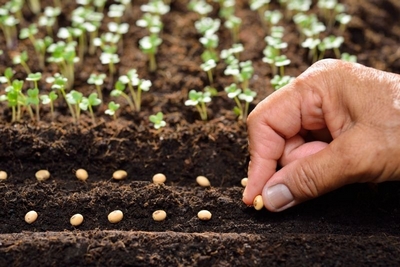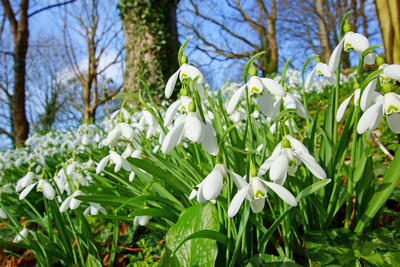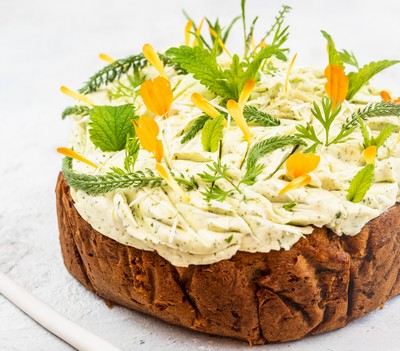The kalanchoe’s success is easy to understand – even with minimal care this pretty little plant can flower all year around. During the winter months in the flat, during summer in the garden or on the terrace.
Despite this many hobby gardeners have problems with getting their kalanchoe to flower – what’s more, in many cases its stalk can get elongated and loses its lower leaves.
It’s important to note too that the term “kalanchoe” covers a number of different plants – a whole family of them, in fact – including the Kalanchoe blossfeldiana, K. thyrsiflo or the K. porphyrocalyx. In this article though we will only discuss the very well known K. blossfeldiana.
I have approximately 7-10 pots of kalanchoes at home, but this summer I potted a few of them together in a bigger pot – to make them look nicer and more decorative. I simply adore this plant – both the single and the double petal versions, not to mention their beautiful, vibrant colors – the different shades of pinks, reds, yellows and oranges.
Let us see – step by step – how the kalanchoe needs to be cared for and what one needs to know about this sweet colorful plant.
The kalanchoe’s parts and watering:
When taking a closer look you can immediately see the thicker, juicy leaves of the plant – from that it’s easy to deduce that the plant is actually a succulent. This will also tell you, that it should not be overwatered since its leaves can store water. It’s very important to let its soil dry out completely before giving it water again.
During the summer if the plant is in the garden, it can be watered a few times a week – but you have to be still vigilant about not overwatering it. If the plants are in decorative containers, do take them out when watering and only return it after the water dripped down. But I certainly am no great fan of such containers, since in a tight planter roots don’t breathe well – thus I prefer to have my plants in their pots only. During the winter it’s more than enough to water them once in every two weeks.
The flowering:
The kalanchoe is a short day plant – meaning that it needs at least 8 hours of daylight for it to flower. Thus if you place your kalanchoe in partial shade it will give less flowers.
During the summer months the plant can be moved to the garden or terrace – and it will flower all throughout the season. The secret of the flowering though is that after every flowering the dry flowers have to be cut off – or you will never see your plant flower again.
For the flowering you’ll also need the right nutrients – from spring to winter you can amend its soil once a week with liquid nutrients since every blooming needs extra nutrients
If you want to put a flowering kalanchoe next to the Christmas tree in December many recommend to cover the plant with black cardboard for 10-12 hours every day – just like you would do with a poinsettia.
Well, none of my plants were covered and I still have some that are constantly in full bloom – even during winter. True, they are all receiving extra nutrients during the summer. This winter I decided to let them rest a bit, only watering them every second week, they don’t get any nutrients – will restart only in the spring.
Pruning the kalanchoe:
To avoid getting an elongated stalk you need to prune not only the dry flowers but also the sprouts. This way your plant will stay tight and trimmed. The long stalks are created because of a lack of natural light but it can be fixed with pruning.
I also have a kalanchoe that lost its leaves during the winter, but I prune them in half when spring comes, they get fresh soil and quickly recover. Don’t take pity on them, feel free to be your kalanchoes’ hairdresser - they will be just fine. As soon as you cut them after the flowering is over in a few weeks they will be covered again with tiny buds.
If you want your kalanchoe to flower from spring to fall, you have nothing else to do but to put its pot to a well lit place and watch closely so it won’t be overwatered. Supplement with liquid nutrients regularly and remove withered flowers and even sprouts sometimes.
One more advice: Feel free to stick the pruned sprouts in a pot filled with soil. They will take root in a second – from one plant you can develop a whole collection of lovely kalanchoes.
Enjoy your plants!
Gardenmom
Az idei Föld Napját egy különleges ajánlattal ünnepeljük: bemutatjuk nektek a Föld Napja Viráglabdamixet, ami egy limitált szériás különlegesség! Mindössze 50 doboz áll rendelkezésre, hogy megoszthassuk veletek ezt az izgalmas lehetőséget. Ez a viráglabdamix a természet szerelmeseinek és a kertészkedés rajongóinak készült, akik arra vágynak, hogy egy kis színt és életet csempésszenek környezetükbe, miközben támogatják a helyi ökoszisztémát. A Föld napja viráglabda most akciós áron kapható, a készlet erejéig! Kattints ide!
